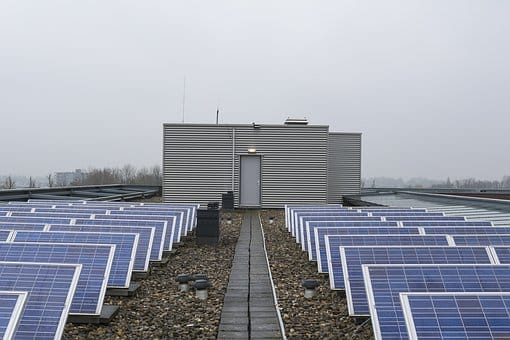Nevada Regulator Proposes Energy Storage Target of 1 Gigawatt by 2030

The Nevada Public Utilities Commission on Nov. 26 proposed to establish an energy storage procurement target of 1,000 megawatts by 2030 for utilities that are required to file a triennial resource plan. The measure stems from agency’s finding last year that setting battery deployment goals by regulation results in net benefits. A 2017 law directed the agency to determine whether targets for energy storage deployment by electric utility entities would be in the public interest. Nevada will become the sixth state to adopt such a goal, following California, Oregon, Massachusetts, New Jersey, and New York.
The agency proposed biennial targets to reach the 2030 goal, setting a requirement of 100 megawatts by 2020, 200 megawatts by 2022, and increasing in increments of 200 megawatts thereafter. Under the proposal, the commission will review biennial target levels and dates in the integrated resource plans filed by utilities and determine whether they need to be altered.
Utilities would include procurement proposals in their resource plans, providing an evaluation of the costs and benefits of deployment. From 2022 onward, affiliated utilities must file an update of their progress in meeting the targets. Under the rule, utilities may seek a waiver or deferral of the requirement that falls within the three-year action plan period, provided they demonstrate their inability to solicit or develop the resources to meet the goal.
REGULATION
EnerKnol Pulses like this one are powered by the EnerKnol Platform—the first comprehensive database for real-time energy policy tracking. Sign up for a free trial below for access to key regulatory data and deep industry insights across the energy spectrum.
ACCESS FREE TRIAL